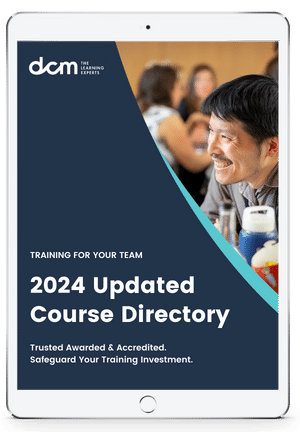One of the most challenging and eternal questions in project management is “What way of organizing the work of software development to choose?” This is about development methodologies.
This topic gets a lot of discussions and hot debates as every software development project start with the selection of implementation methods.
There are two basic and most popular methods of managing projects in the modern software development industry:
- Waterfall is the first of them. It can be also called the traditional method of software development.
- Agile is the second one. This specific type of Rapid Application Development is newer than Waterfall (it originated in the 2000s) and it is typically implemented with Scrum or Kanban.

What is the difference between Waterfall and Agile?
Both of these are usable and mature. The selection of a certain methodology depends on the particular project and the company that performs it.

Introducing the Waterfall Methodology
Waterfall means a linear approach to development. The traditional method is based on strict planning and performing the plan step by step. It is usually used by companies with a hierarchical structure.
The sequence of events according to this method looks that:
1. Gathering and documenting requirements. During the next stages of work, all the actions will be conducted based on this documentation. 2. The customer is involved in the project performance only at the first and the last stage.
3. Design. At this stage, the developers try to find a suitable form to meet all the customer’s requirements.
4. Code and unit test. The main task of this stage is to test codes and unites.
5. After that, the system and user acceptance are tested.
6. Fixing issues.
7. Delivering the finished product to the customer.
Waterfall disadvantages
As you can guess, such an approach has lots of disadvantages. After the project is finished, the customer can be disappointed with its results, because all the work on a project was based on the initial documentation and the result may not meet the customer’s expectations. The fixing of failures at this stage of work will require lots of extra costs.
However, the Waterfall method has also some advantages. While using this approach to software development the work can be conducted more carefully and completely.
Waterfall model advantages
- The ease of managing. Because of its nature, each Waterfall’s phase has specific deliverables and a review process.
- Faster project delivery.
- The method works well for smaller size projects (with easily understandable requirements).
- The well-documented processes and results.
- Rather beneficial to manage dependencies.
- Easily adaptable for shifting teams.
Introducing the Agile Methodology
The Agile model provides continuous iteration of development and testing in the software development process.
In this methodology, development and testing activities are concurrent (unlike in Waterfall). Agile allows more communication between developers, managers, testers, and customers.
Agile disadvantages
- Agile is not useful for small development projects.
- Agile meetings require the presence of an expert to take important decisions.
- Agile projects can easily go off track if project managers are not sure what outcome they want.
- The cost of implementing Agile is a little more compared to other methodologies.
Agile method advantages
- The methodology is focused on the client process. It makes sure that the client is continuously involved in every stage.
- It guarantees that the quality of the development is clearly maintained.
- The Agile offshore development process is completely based on incremental progress.
- Agile teams are extremely and self-organized and motivated. This provides better results for development projects.
- The clients know exactly what is complete and what is not that decreases risks in the development process.
The main difference between Agile and Waterfall methodology is that the Agile approach to software development has no strict structure.
Conclusion
Agile and Waterfall software development methodologies are rather different and good in their respective way.
To summarize this post, let’s define core differences and highlight them here:
- Waterfall suits projects with well-defined requirements where no changes are expected. Agile looks best where there is a higher chance of frequent requirement changes.
- Waterfall is easy to manage and a sequential approach. Agile is very flexible and allows to make changes in any phase.
- In Agile, project requirements can change frequently. In Waterfall, it is defined only once by the business analyst.
- In an Agile project’s description, details can be altered anytime, which is not possible in Waterfall.
PSM Scrum Master Reviews: Stories from Our Customers
Over the past 2 years, almost 3,000 learners (2,819 to be exact) have come to DCM to learn more about scrum and get certified. Read (and watch) their reviews to see how our courses have helped them achieve their career goals.
Inhouse Tailored Training for Your Team
We provide training programs that are developed by industry, for industry. Our range of programs can be delivered in a way that suits the needs of your business to offer your employees learning that is accessible and flexible.
We add value to your business by providing specialised, flexible and scalable training that meets your training needs. As your workforce grows and evolves, our globally certified and industry-validated learning solutions can assess, train and qualify your employees. For more information on how we can help please visit the in-house training page.
Membership, Stay Connected. Stay Relevant.
Completing a program is a point-in-time exercise that delivers huge value, but there is a next step to maintaining the currency of your skills in the ever-evolving professional world.
Membership is the next step.
A unique platform, membership is designed to ensure that you are in tune and up-to-date with the latest tools, trends and developments. Being a member provides just-in-time training and continuous professional development, and an exclusive and evolving content library informed by subject matter experts and industry leaders.







